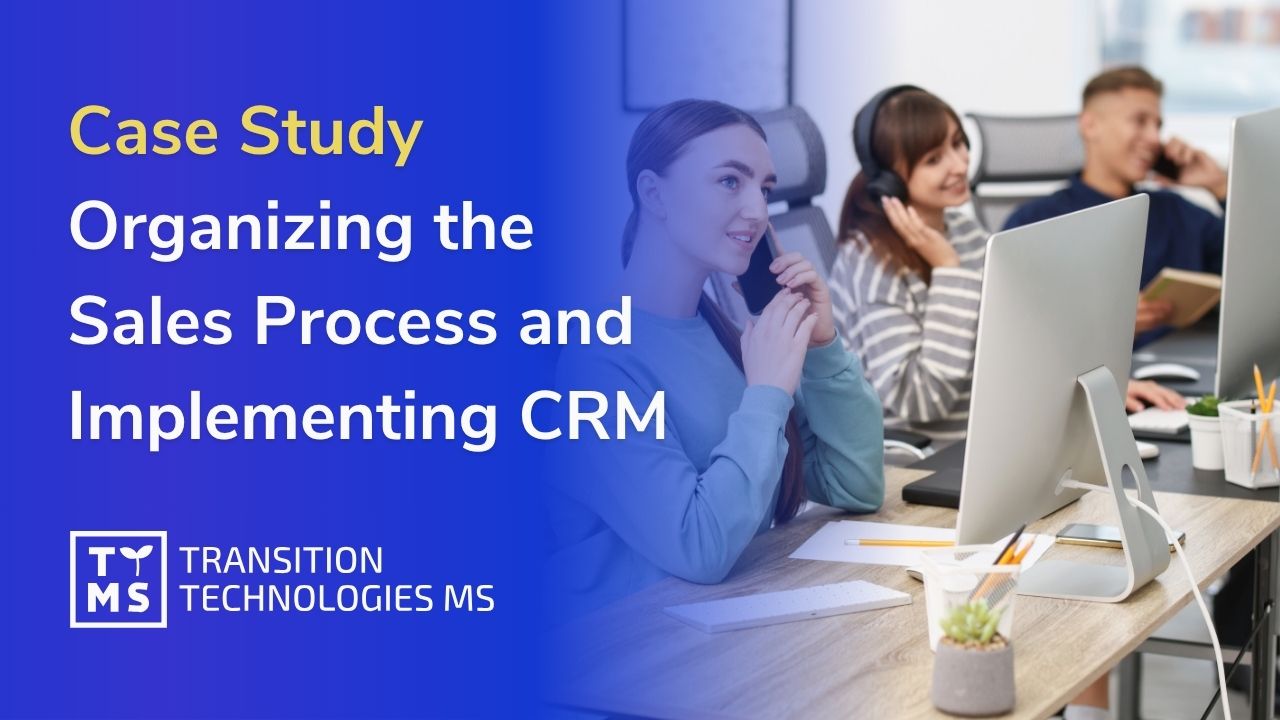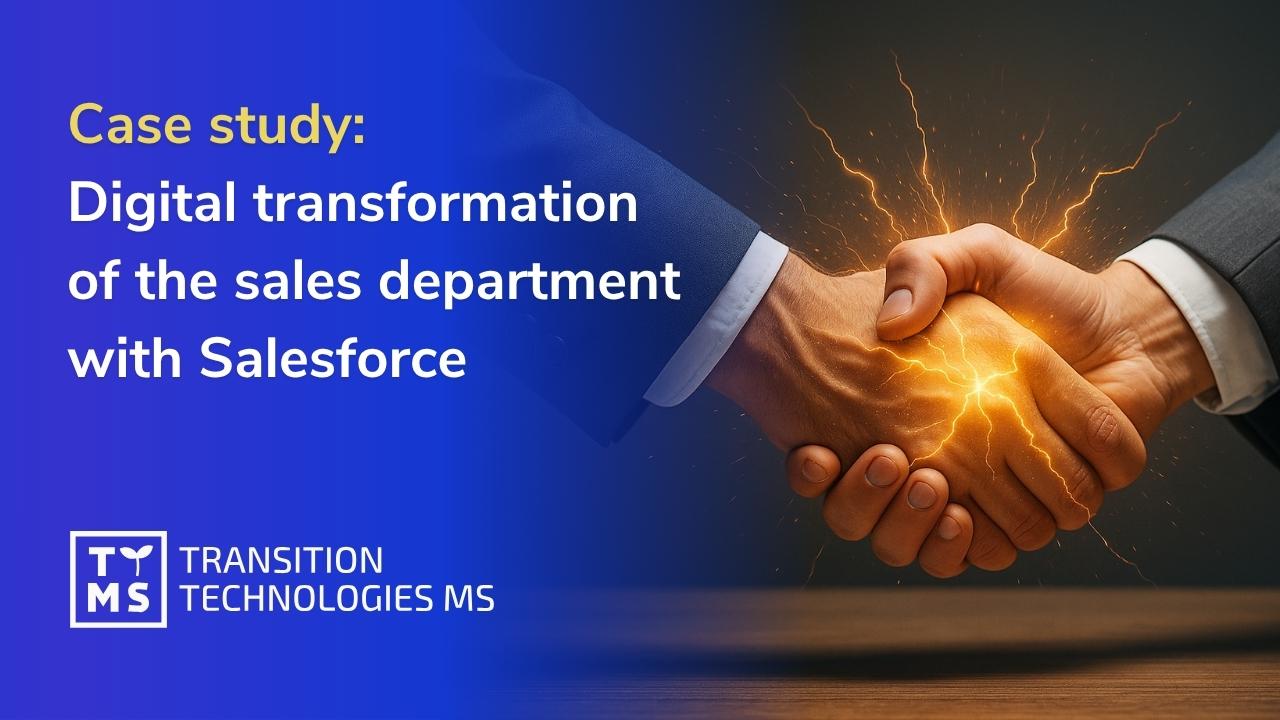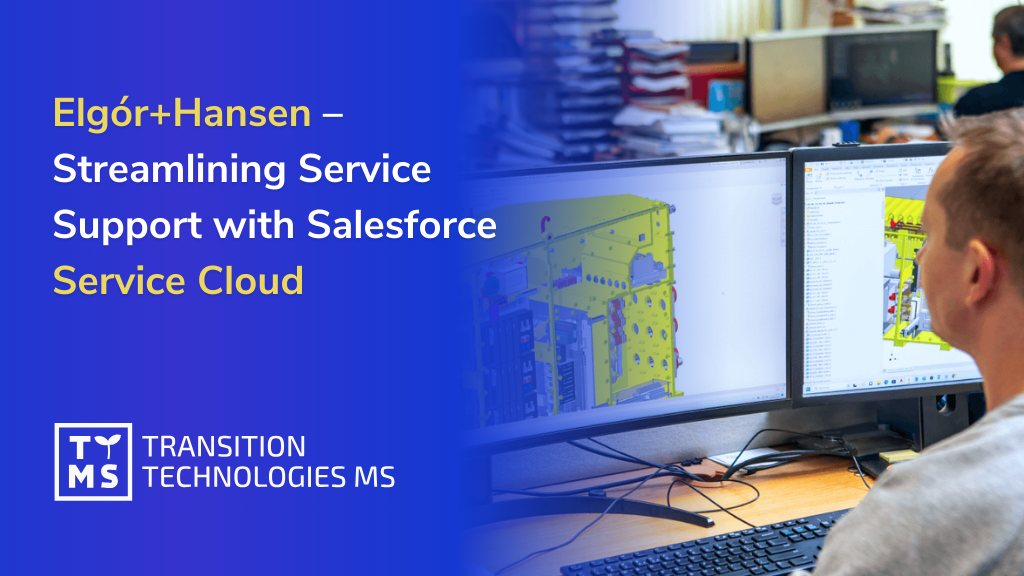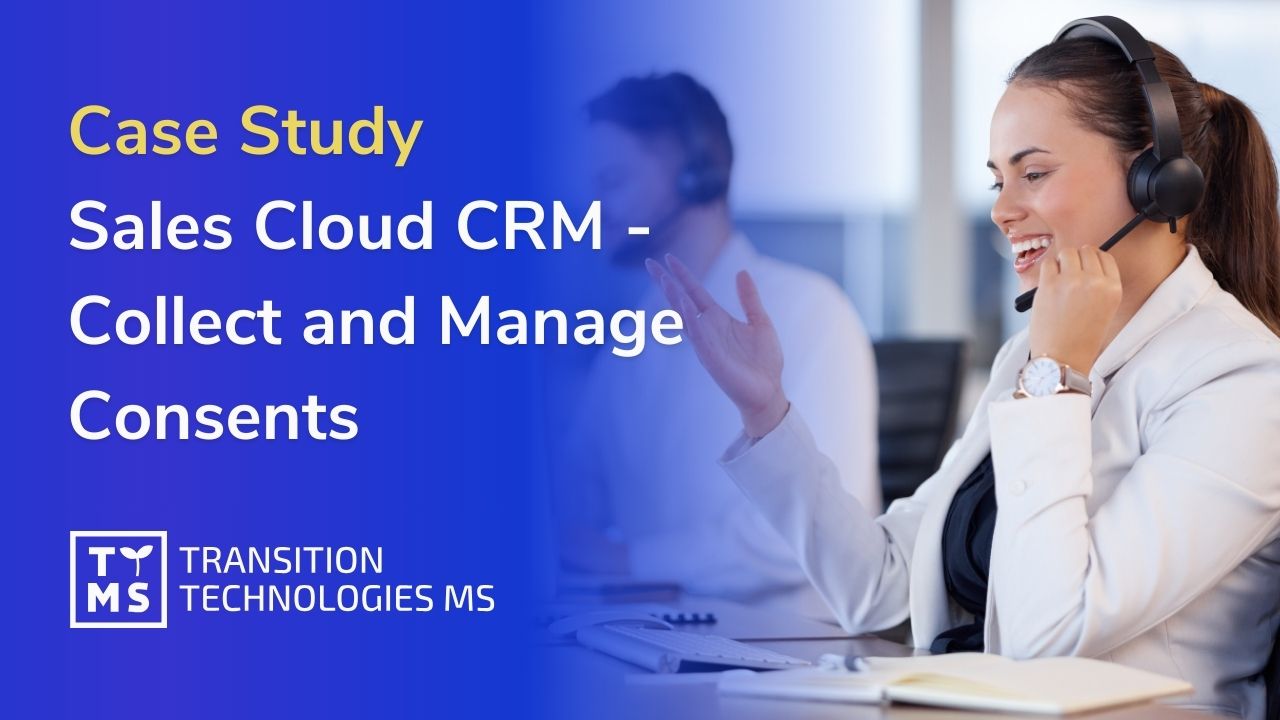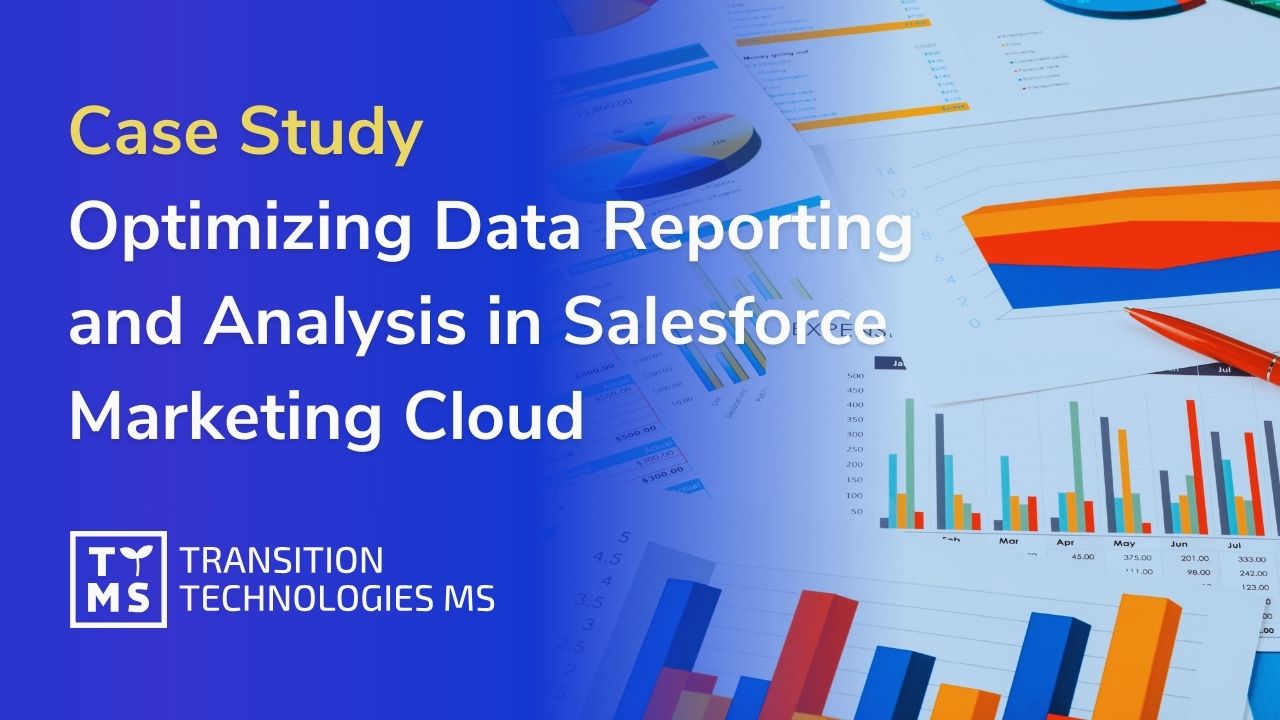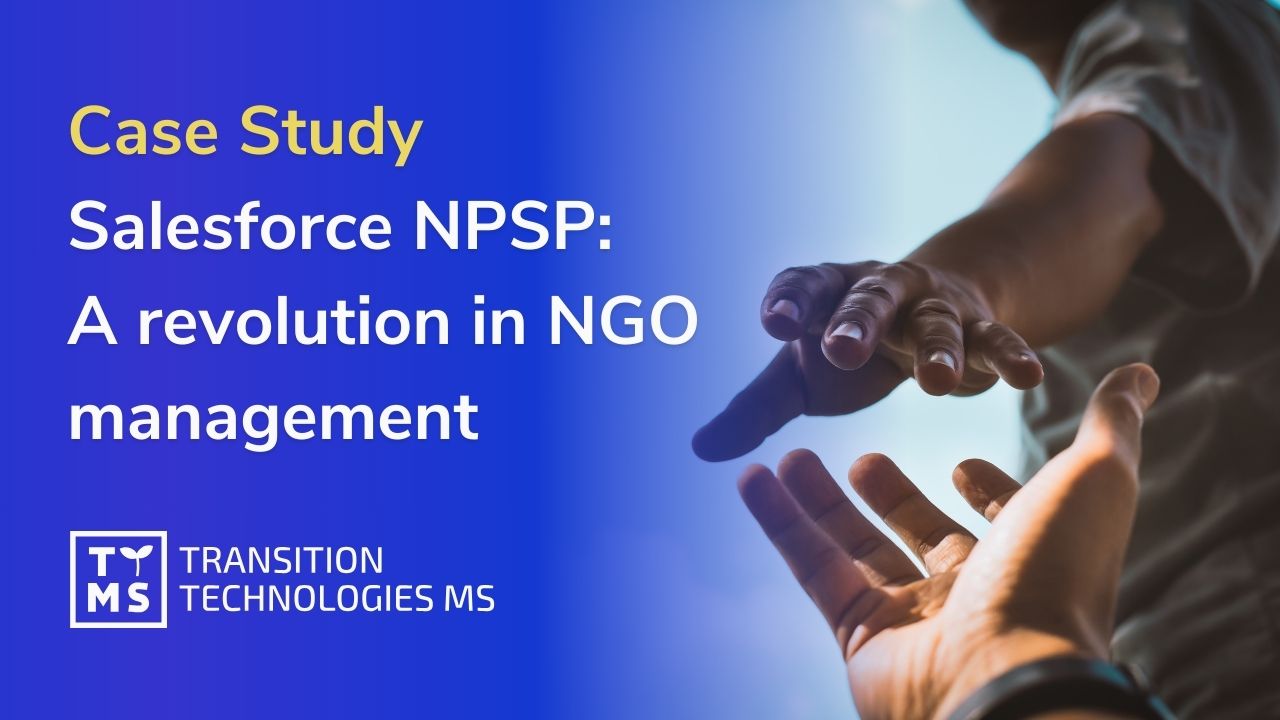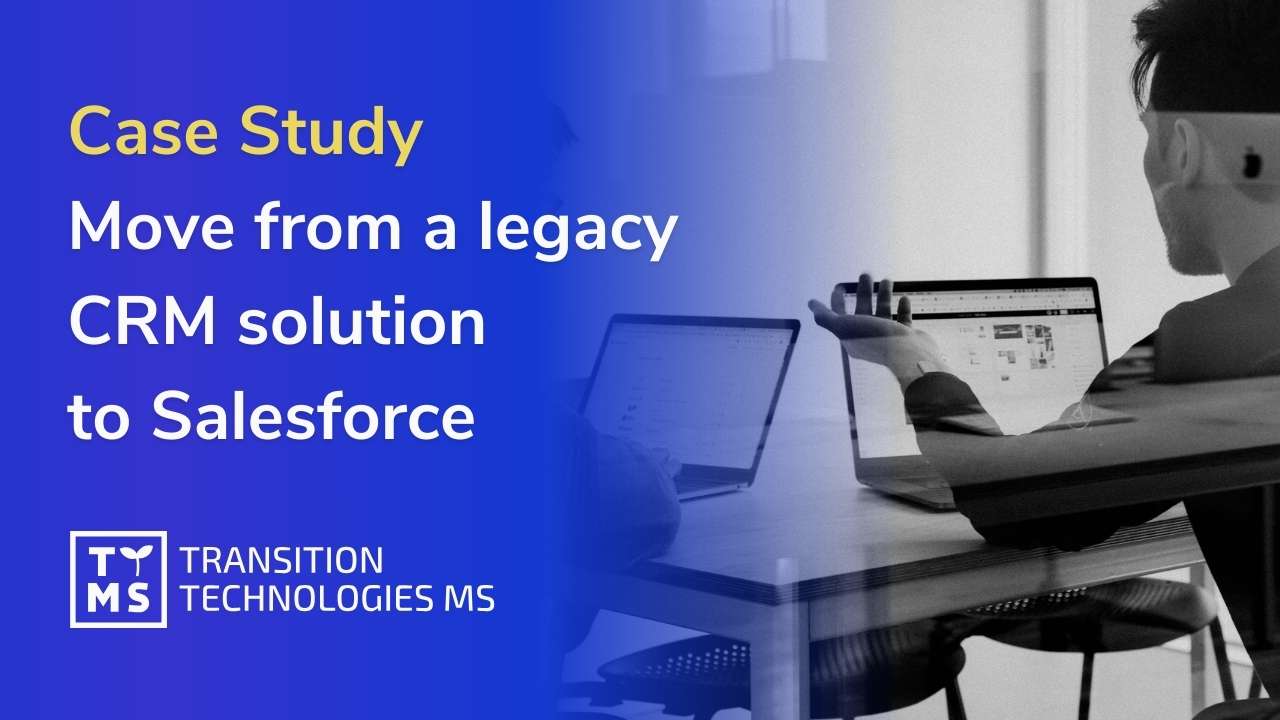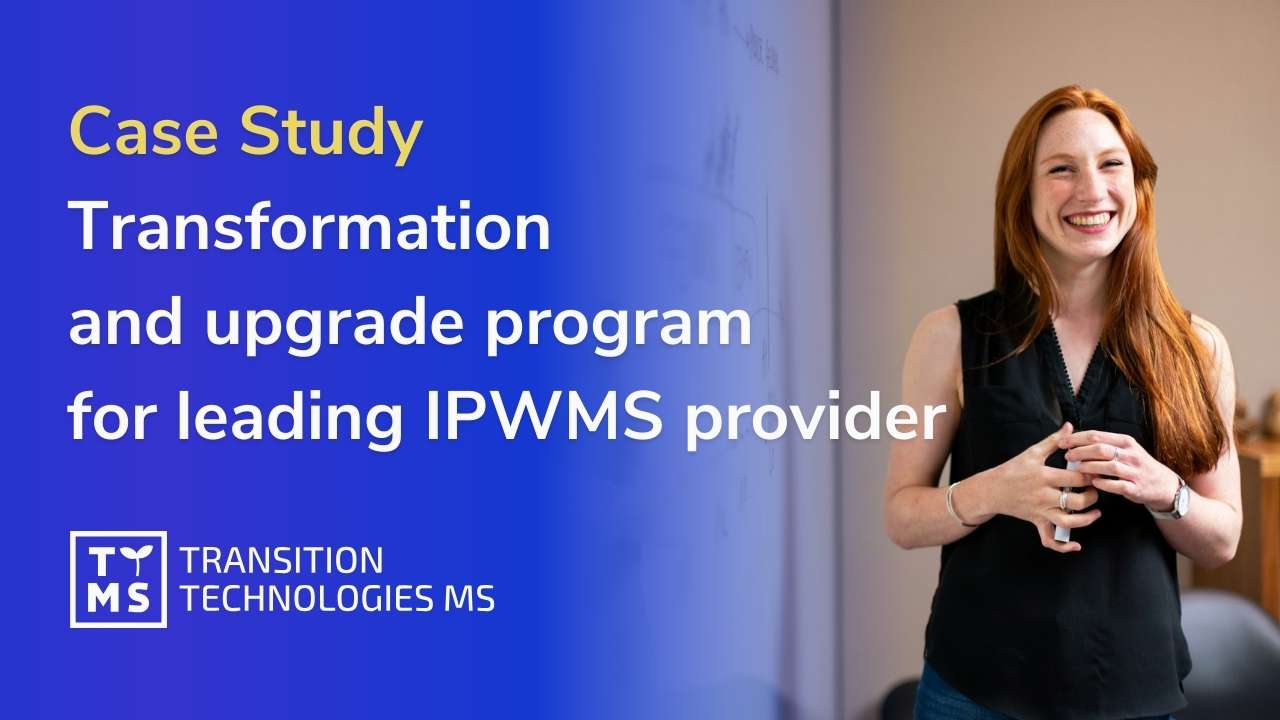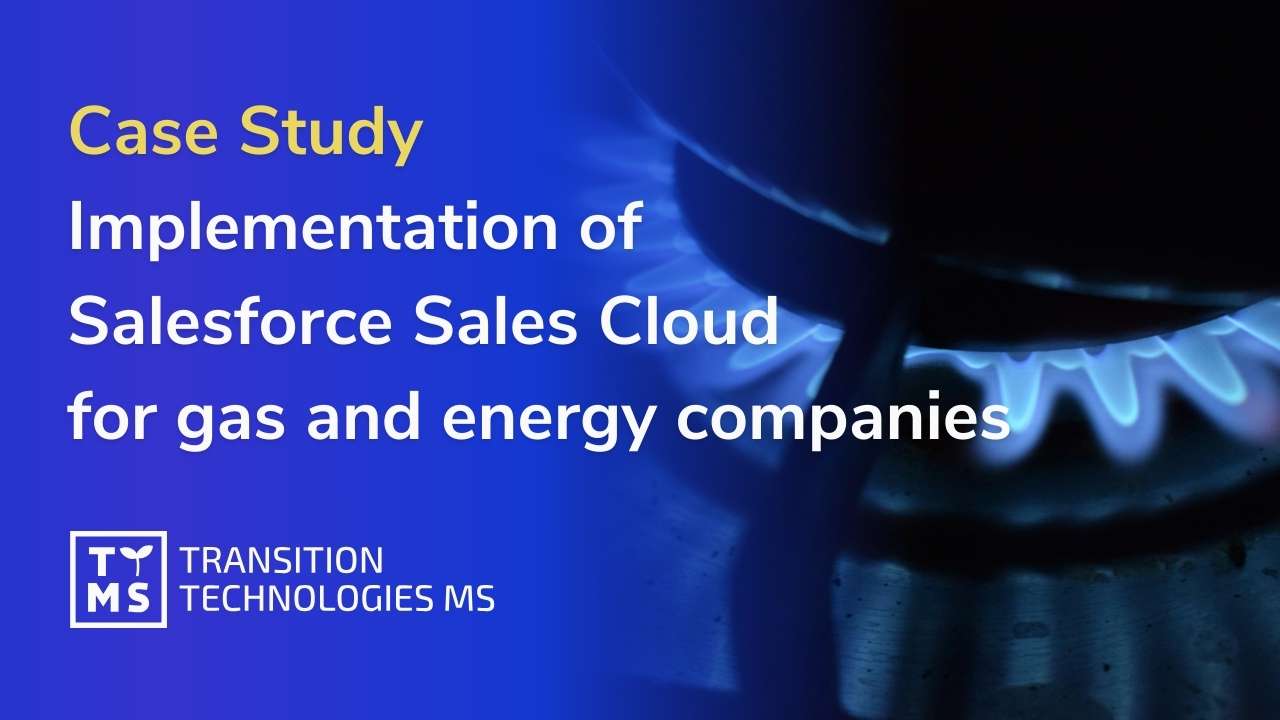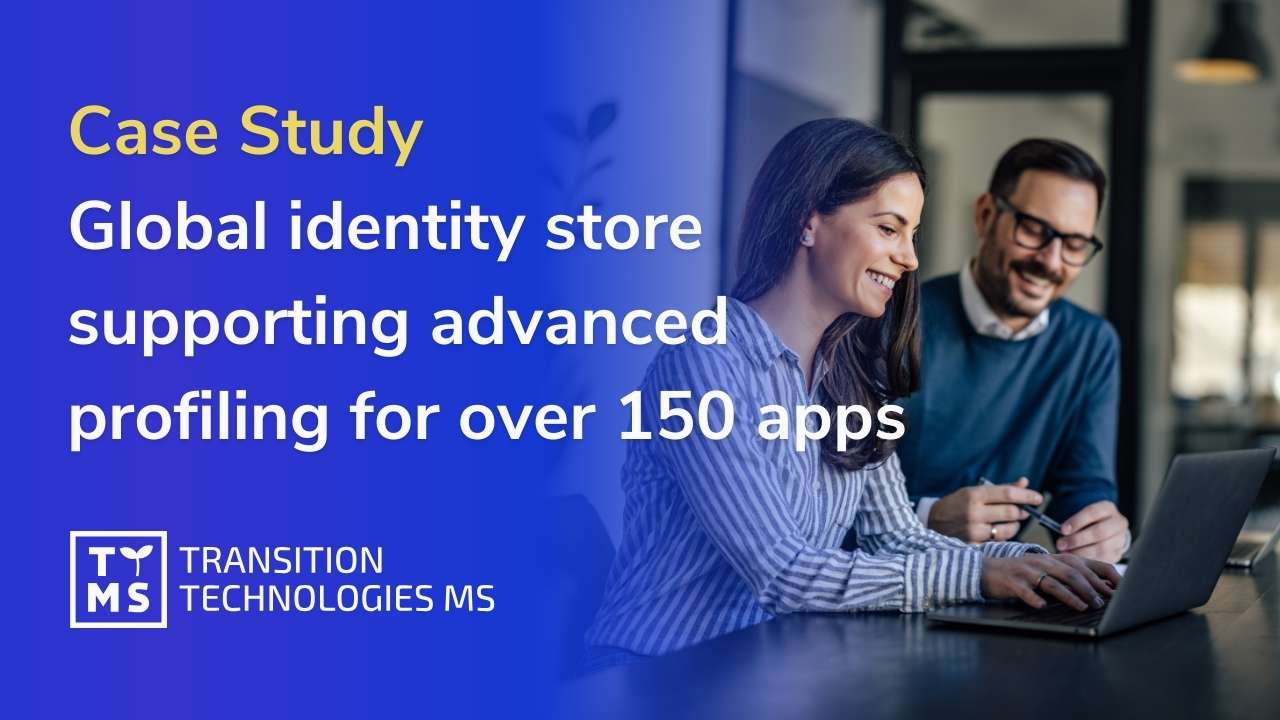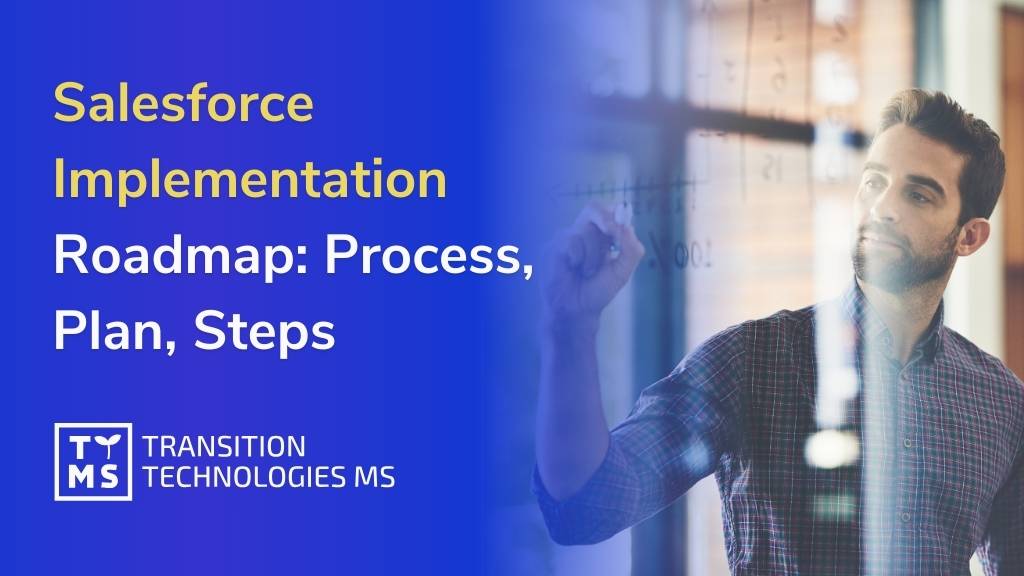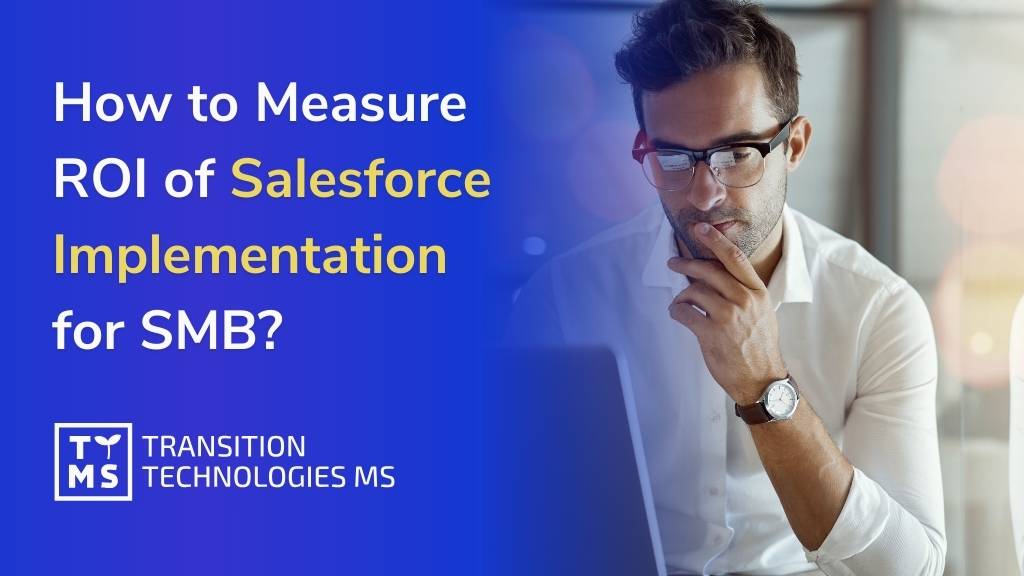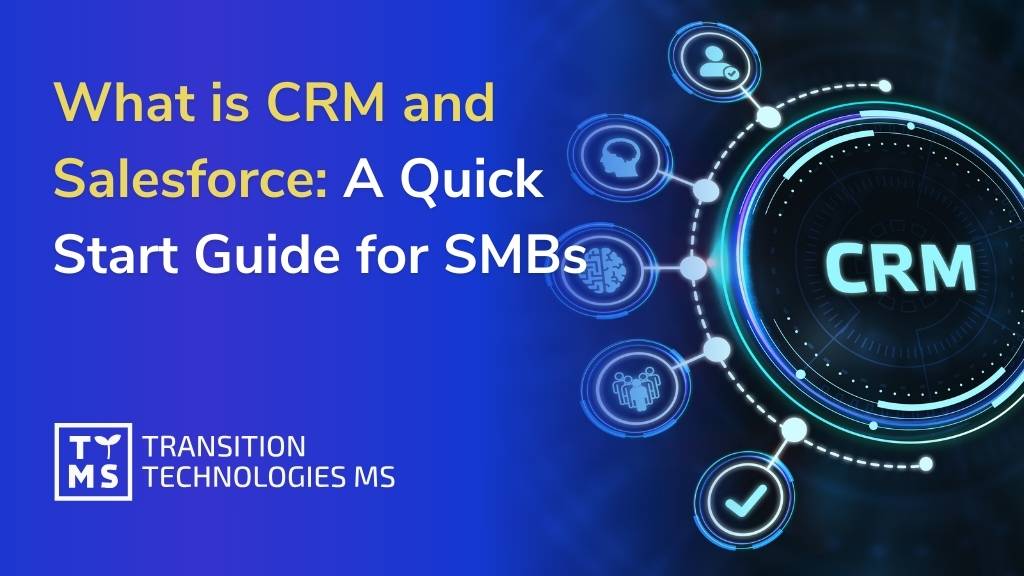Why choose the Salesforce System?
The Salesforce system provides a comprehensive view of your customers by integrating sales data and eliminating errors. It enhances collaboration between departments, ensuring complete control over sales processes. With best practices and scalability, Salesforce adapts to the needs of any company.
Advanced analytics, integration with other IT systems, and access to Trailhead e-Learning make this system a powerful tool that drives sales success and provides a competitive edge.
Who is our Salesforce implementation offer addressed to?
Sales Directors (CRO)
We help you gain full insight into the sales cycle, automate tasks, and better manage customer relationships through Salesforce implementation services.
IT Department Directors
We ensure system scalability, data centralization through integration with other IT systems, and adherence to high security standards.
Marketing Directors (CMO)
We will facilitate better understanding of customers, ongoing optimization of campaigns and consistency of marketing and sales activities.
Customer Service Directors
We will improve response to customer requests, accelerate problem resolution, and provide a comprehensive view of ticket history and customer data.
Financial Directors (CFO)
We optimize cost management, improve budget planning, and increase the accuracy of financial analyses with precise sales data.
Chief Operating Officers (COO)
We increase the efficiency of internal processes and improve the coordination of work between departments.
If your position is not listed but you see potential in Salesforce, contact us. Together, we will find a solution tailored to your needs.
What does our Salesforce project implementation process look like?
Our comprehensive approach to implementing projects based on the Salesforce platform ensures that every aspect of the project is carefully planned and executed with utmost care. Thanks to our experience and commitment, we deliver solutions that meet our clients needs.
Introductory presentation
At the first meeting, we present the scope of our Salesforce professional services and solutions, tailored to the client’s needs and business model. This serves as an inspiration for understanding their own needs and expectations from us as a potential solution provider.
Needs Assessment
During this stage, we focus on a detailed analysis of the client’s business processes. We listen carefully to the client’s needs and expectations, identifying key areas that require optimization to ensure the Salesforce implementation brings maximum benefits.
Preparation of the Offer
Based on the previously conducted analysis of needs and expectations, we present an offer perfectly tailored to the specific nature of the client’s business. The offer also includes an estimate of the workload and cost estimates.
Implementation
The implementation phase includes preparing the system concept based on analysis and guidelines, followed by the implementation, configuration, and personalization of the Salesforce system in accordance with the established requirements. Our specialists work closely with the client’s team to ensure a smooth and effective implementation.
Data Migration
Data migration is a key step that ensures the customer’s existing data is transferred to the new Salesforce system. Our team analyses the data, plans, and executes the migration, ensuring the integrity and consistency of information. The process also includes data verification and cleansing to ensure it is up-to-date and error-free.
System Testing
Testing is an integral part of our implementation process. We carry out a number of tests and support user acceptance testing (UAT) to ensure that all system functions work properly and meet the established requirements.
Training
Training the client’s team is crucial for effectively using the new system. We offer comprehensive training that prepares users to work with Salesforce, providing them with the necessary skills and knowledge..
Launch (Go-live)
The final implementation phase is launching the system in the production environment. Our specialists are present to monitor the process and provide immediate support, ensuring a seamless transition to the new system.
Post Go-live Support
Once the system is up and running, we provide ongoing support service to help customers adapt and resolve any issues. Our team is available to answer questions, offer additional training, and deliver system updates and optimizations to ensure the system runs efficiently.
We carry out our implementation projects using the following Salesforce cloud products:
Salesforce Sales
Cloud
Cloud
Perfect for companies seeking a CRM system to build efficient sales departments, manage current clients, and engage with potential customers.
Salesforce Service
Cloud
Cloud
Useful for organizations that want to create efficient customer service departments and improve the quality and speed of resolving issues and complaints.
Salesforce Experience Cloud
Optimal for creating interactive portals for customers, partners, or employees. It enables online community building, collaboration, and self-service, integrating with other Salesforce systems for unified data management.
Salesforce Marketing Cloud & Pardot
Tools dedicated to companies looking to optimize their marketing activities. They automate email campaigns, enhance communication personalization, and offer advanced analytics to monitor and adjust marketing strategies.
Salesforce Nonprofit Cloud
Perfect for nonprofits and foundations. It enables effective management of donors, donations, and charity campaigns. It automates processes, improves reporting and sponsor engagement, and increases social impact and operational efficiency.
Salesforce CPQ
Essential for companies needing to simplify product configuration, pricing, and quote creation. It automates the generation of commercial offers, ensures accurate configuration, and speeds up quote preparation, which shortens the sales cycle and enhances customer satisfaction.
Within Salesforce, our client base includes:
Why should you entrust your Salesforce implementation project to the TTMS team?
Comprehensive support – from design to implementation and adoption
As a leading Salesforce implementation services provider, we offer implementation support at every stage of your project, from planning to system adoption. Our Salesforce implementation experts possess high-level competencies and technical skills. We help you gain insights into your sales cycle, automate tasks, and enhance customer relationship management.
Engagement and dialogue with users from the start
From the outset of the project, we actively engage with end users to fully understand their needs and tailor our solutions accordingly. Our specialists possess the soft skills necessary for open and effective communication throughout the entire process, ensuring alignment with your expectations.
Proven interactive implementation methodology
Our flexible, interactive approach enables us to swiftly adapt to changes and feedback, ensuring efficiency and minimizing risk. This methodology guarantees that solutions remain responsive to evolving needs.
Expertise in sales, marketing, and the Salesforce platform
With deep knowledge of Salesforce and the industry, we craft durable and stable solutions. This expertise ensures that our projects are resilient to changes and future-proof.
Expertise in sales processes across market segments
Our experience in diverse B2B sectors enables us to deliver solutions tailored to specific customer needs, enhancing sales processes.
Holistic consulting approach – effective solutions beyond Salesforce
We provide comprehensive consulting, including solutions outside the Salesforce ecosystem. Our holistic approach ensures you find the best solutions and make informed decisions.
By choosing TTMS, you gain a Salesforce implementation partner dedicated to maximizing Salesforce’s potential and ensuring your project’s success.
Our Outsourcing services:
Confused About the Difference Between Salesforce Implementation and Outsourcing?
Salesforce implementation involves the initial setup and customization of the system to meet your company’s specific needs. In contrast, Salesforce outsourcing provides ongoing support, development, and maintenance after the system is up and running.
Both approaches aim to maximize the efficiency and potential of Salesforce within your organization. The choice between them depends on your current needs and long-term business goals. As a Salesforce implementation company, we help you navigate these options to find the best solution for your business.
Read articles on our blog
Watch our Videos
FAQ
What is the difference between Body Leasing and Managed Services in the context of Salesforce?
Body Leasing involves providing Salesforce specialists to supplement the client’s existing team, working under the client’s supervision. Managed Services, on the other hand, offers comprehensive management of the Salesforce system, including remote support, optimization, and strategic consulting. This model allows for full care of the Salesforce ecosystem without the need for a dedicated in-house team.
What are the benefits of outsourcing Salesforce specialists?
Outsourcing provides access to experienced Salesforce experts without the need for permanent employment, which enhances flexibility in resource management, accelerates project implementation, and reduces operational costs.
Can I flexibly adjust the scope of support in the Body Leasing model?
Yes, the Body Leasing model allows you to adjust the number of specialists, the scope of support, and the duration of the engagement according to your project’s current needs. This flexibility facilitates effective cost and resource management.
How long does the process of implementing Salesforce specialists in the Body Leasing model take?
The implementation process is typically quick and efficient. Our specialists rapidly adapt to your company’s internal processes, enabling them to start working almost immediately and contribute to achieving your goals.
What competencies do Salesforce specialists at TTMS possess?
Our specialists are Salesforce certified and bring extensive experience in various aspects of the platform, including CRM management, marketing automation, customer service, and data management. They continuously enhance their skills to deliver the latest and most effective solutions.
What does the support process look like in the Managed Services model?
In the Managed Services model, we begin with a consultation and audit, followed by the development of a personalized support plan. We monitor and optimize the Salesforce system, providing ongoing technical support, updates, and strategic guidance. This allows your company to concentrate on business development.
Ready to take your business to the next level?
Let’s talk about how TTMS can help.

Przemysław Kukuła
Sales Manager



















